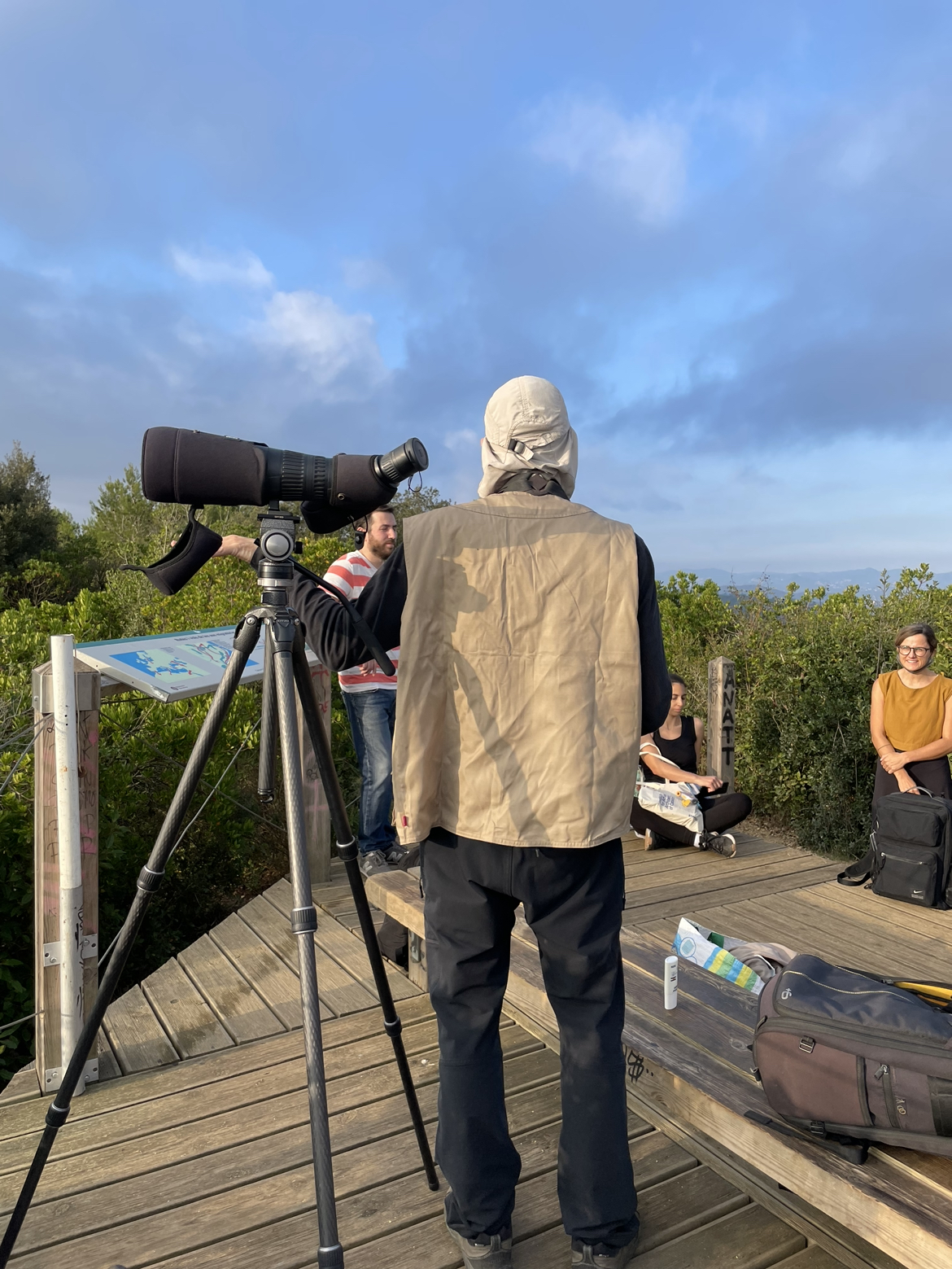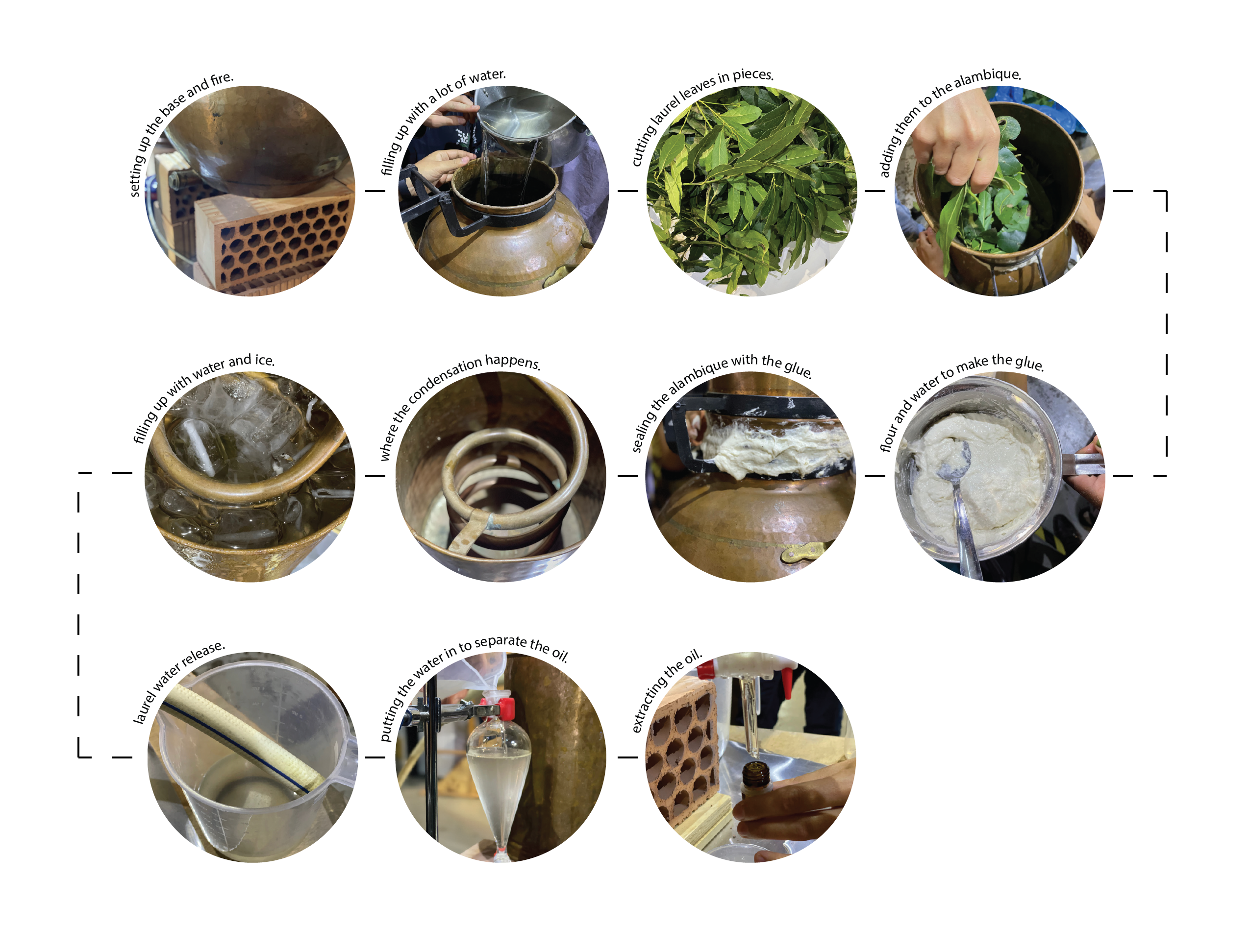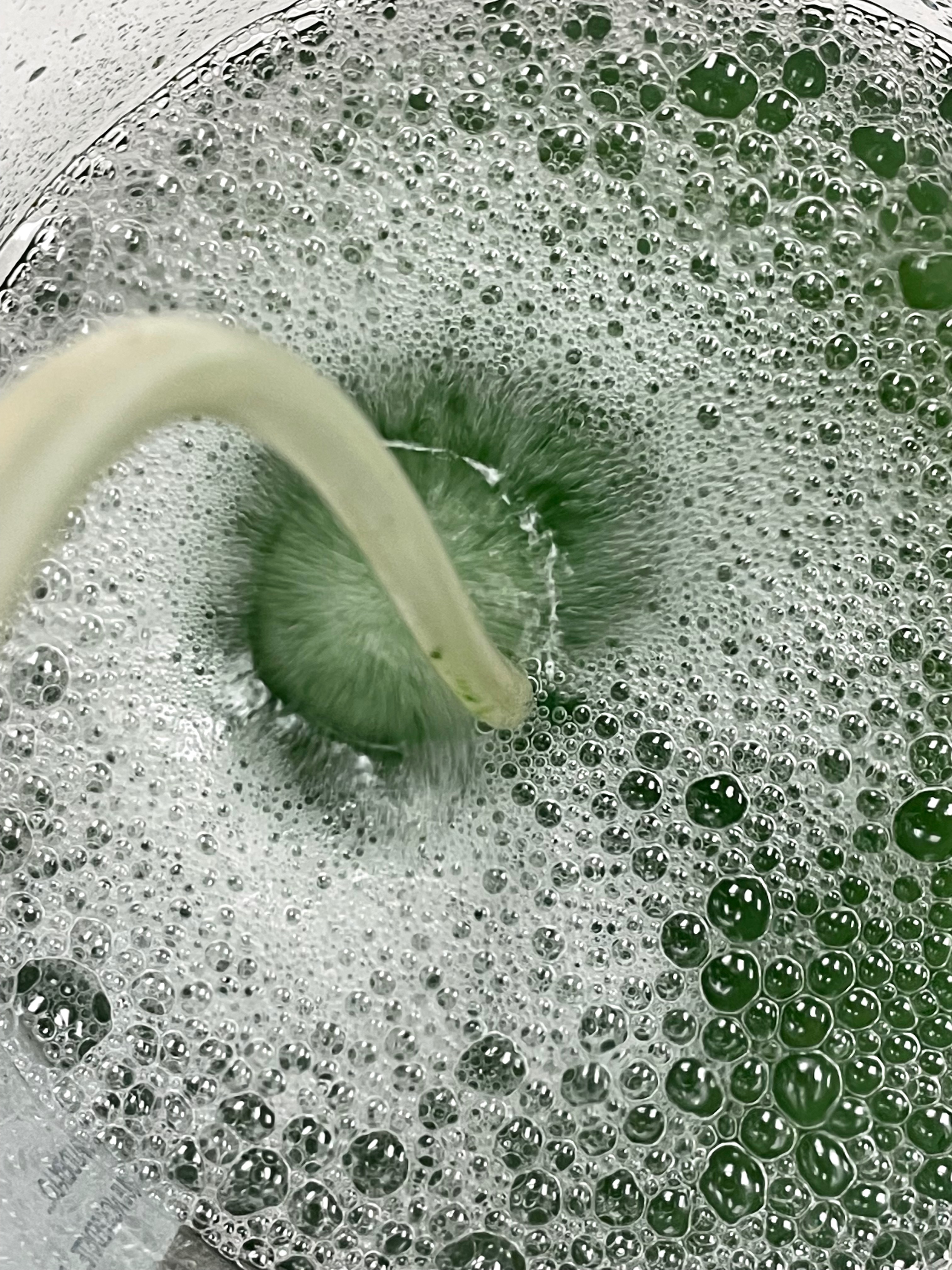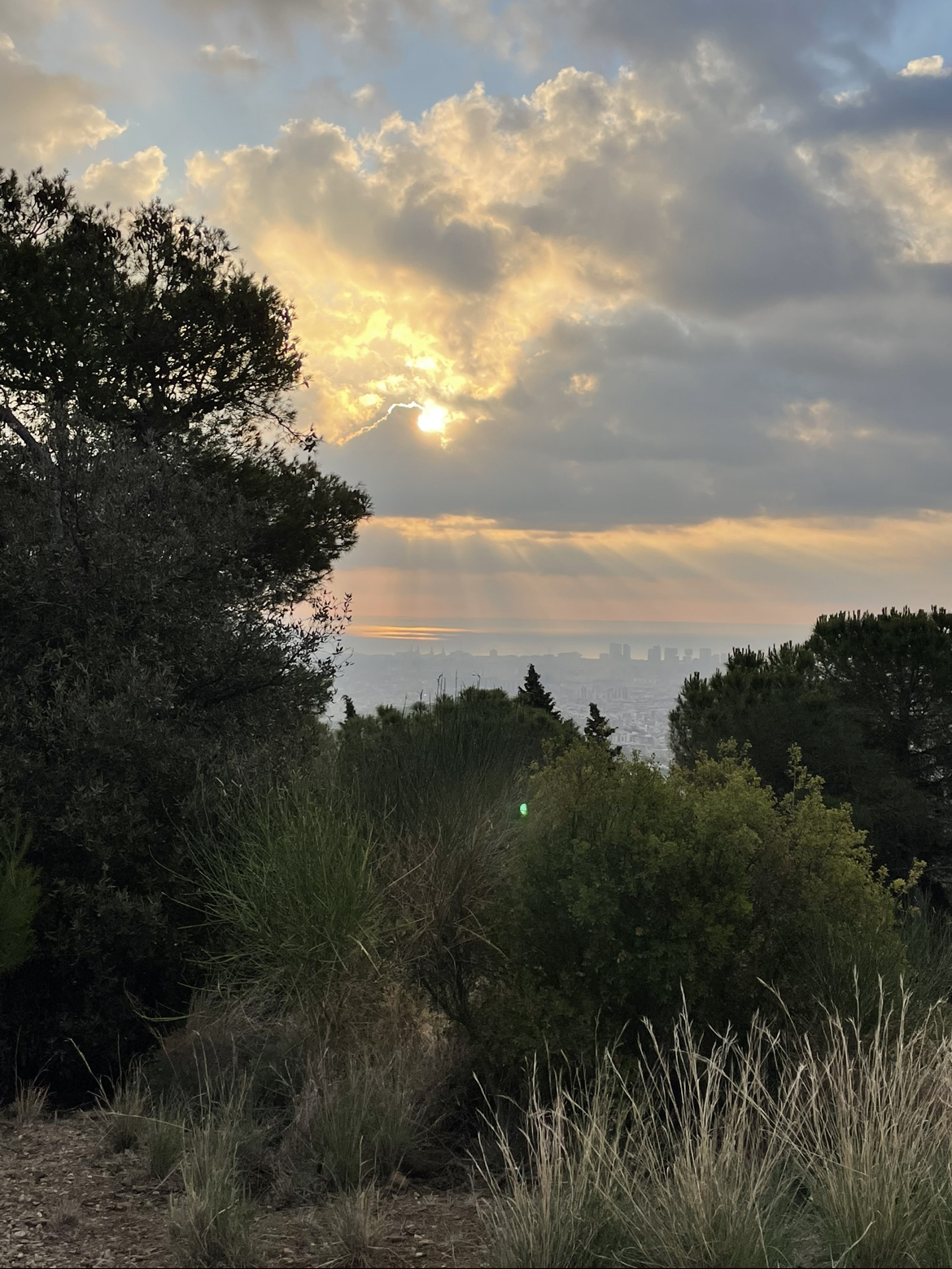
Week 2. Atlas of Weak Signals.
This second week we had the Atlas of Weak Signals course, which analyzes emerging issues that can be assessed and in which way they can be approached. This included a trip to Collserolla.
Read More
October 29, 2021
 This course started with a mission to explore species in barcelona through an app called iNaturalist. The only species I found were plants but it was very exciting uploading the picture and waiting for the app to analyze it and classify it. I found it a good way to interact with nature around you and learn a bit more about the species that surround us.
This course started with a mission to explore species in barcelona through an app called iNaturalist. The only species I found were plants but it was very exciting uploading the picture and waiting for the app to analyze it and classify it. I found it a good way to interact with nature around you and learn a bit more about the species that surround us.
Remember the soil we collected from Collserolla? Well this week was soil analyzing time. Soil is the base which feeds plants, and plants are the ones absorbing CO2 and cleaning it for us. So, it's a big deal. Soil is a living biome made of organic components. There are different types of classification for soil and different levels depending on the depth of it. There is soil, regolith and bedrock. There is also the Munsen system of color notation to identify what type of soil we have.

We used a soil texture flow chart to determine what type of soil we have. It consists mainly on making sausages out of soil and if in need, you can add water. After molding it enough you can determine certain factors like consistency, grittiness, smoothness to find out the type of soil.
You can get a lot of information from soil, like what nutrients it has or it's lacking, if it's dying, if it has too much phosphate, nitrates, a lot of things.

We analyzed our soil in order to find out if it had Phosphate and how much. Other groups analyzed the ph and nitrate. We added come of the soil sample to a coffee filter on top of a plastic cup so it dripped down. After we got enough ml we then added it to a test tube and then added the solution to it turning it blue. Depending on the intensity of the blue, the amount of phosphate is determined. In this case the value was between 1 and 3.
The last day of the course we got a hands on experience making bioplastics and extracting some essential oil from Laurel. I enjoyed this a lot. I believe that after injecting so many information into your brain and new concepts, applying it in a practical way makes you understand it way better. At least it works like this for me, I find myself to be a very visual and tactile person. So I need to interact with stuff in order to learn it.

So we started by tearing the laurel leaves and setting up the alambique. Everyone was super commited to this assignment doing some neat leave tearing. After setting everything up we started the heat and condensation process. We left it like 2 hours or more working and in the end we got like 3 drops of essential laurel oil. Lol. So conclusion, this is a time consuming product to obtain. But we saved some of the laurel water to see what can we make with it.


We then switched to bioplastics. We had two recipes to follow which were sort of the base and then we could add just any natural or organic material to dye it or add a specific texture or pattern. We added tomato juice to one to make it red and we played with some other ingredients. It is also a bit tricky to make bioplastics because they shrink when they dry and they are also not left in perfect shape once they dry up. So you need to make a big sheet in order to extract from it the shape you desire. But I found it super interesting to be experimenting with possible materials that can help us take care of the environment.

This second week we had the Atlas of Weak Signals course, which analyzes emerging issues that can be assessed and in which way they can be approached. This included a trip to Collserolla.
Read More
Week 3 was the introduction to biology. We learnt about microorganisms all around us and the composition behind them from cells to systems.
Read More
During this first week we got to know each other and the master's program. We learned about our own personal present skills and the future ones we want to obtain as well as our classmate's ones.
Read More